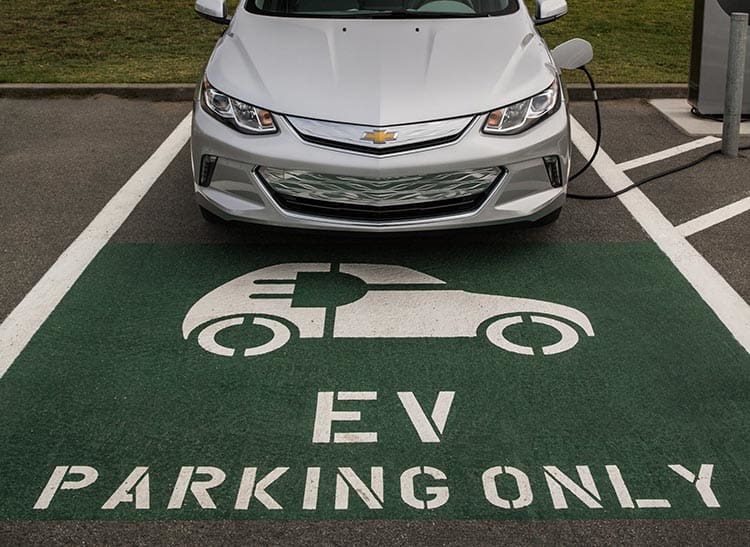At ID360, we’re proud to collaborate with many forward-thinking organizations whose work is shaping how communities build, power, and thrive. From implementing cutting-edge building codes to fostering local energy control, groups like the International Code Council (ICC), Regional Energy Networks (RENs), California Community Choice Association (CalCCA), U.S. Green Building Council California (USGBC-CA), and the California Climate and Energy Collaborative (CCEC) are helping California define what a sustainable future looks like—and how to get there.
International Code Council (ICC): Raising the Bar on Building Standards
The ICC’s California chapters are deeply engaged in development and education around modern building codes that prioritize safety, energy efficiency, and sustainability. Through training and technical guidance, ICC ensures that building practices keep pace with California’s changing needs.
Regional Energy Networks (RENs): Local Governments Leading Local Solutions
The RENs—such as BayREN, SoCalREN, and Tri-County REN—are regional collaborations that design and implement energy efficiency programs tailored to the unique needs of local communities. These coalitions often serve populations and sectors overlooked by traditional utilities, focusing on equity, innovation, and long-term impact. From workforce development to building retrofits, RENs are helping reduce energy use while empowering local action.
California Community Choice Association (CalCCA): Powering Cleaner Communities
Representing Community Choice Aggregators (CCAs), CalCCA champions energy choice and local control. CCAs enable cities and counties to procure their own electricity, prioritizing renewable sources and affordability. By decentralizing power procurement and reinvesting in their communities, CalCCA members are playing a vital role in decarbonizing the grid and promoting energy democracy throughout California.
USGBC California (USGBC-CA): Shaping Sustainable Spaces
USGBC-CA is at the forefront of transforming how buildings are designed, constructed, and operated. Through green building certifications like LEED, education programs, and strong advocacy, the organization promotes healthier, more efficient environments. Their efforts help reduce carbon emissions, improve indoor air quality, and showcase how sustainability enhances both well-being and economic performance.
California Climate and Energy Collaborative (CCEC): Connecting Climate Leaders
The CCEC brings together local governments, researchers, and community organizations to share knowledge, align strategies, and implement effective climate solutions. Through peer learning, technical support, and policy development, the collaborative strengthens California’s climate response while building capacity at the local level. Their work is critical to ensuring that no community is left behind in the transition to a cleaner future.
Together, these organizations represent a powerful network of change agents. Their collective work demonstrates that smart policies, innovative programs, and strong partnerships can create a future where buildings are high-performing, communities are resilient, and sustainability is embedded in everyday practice.
